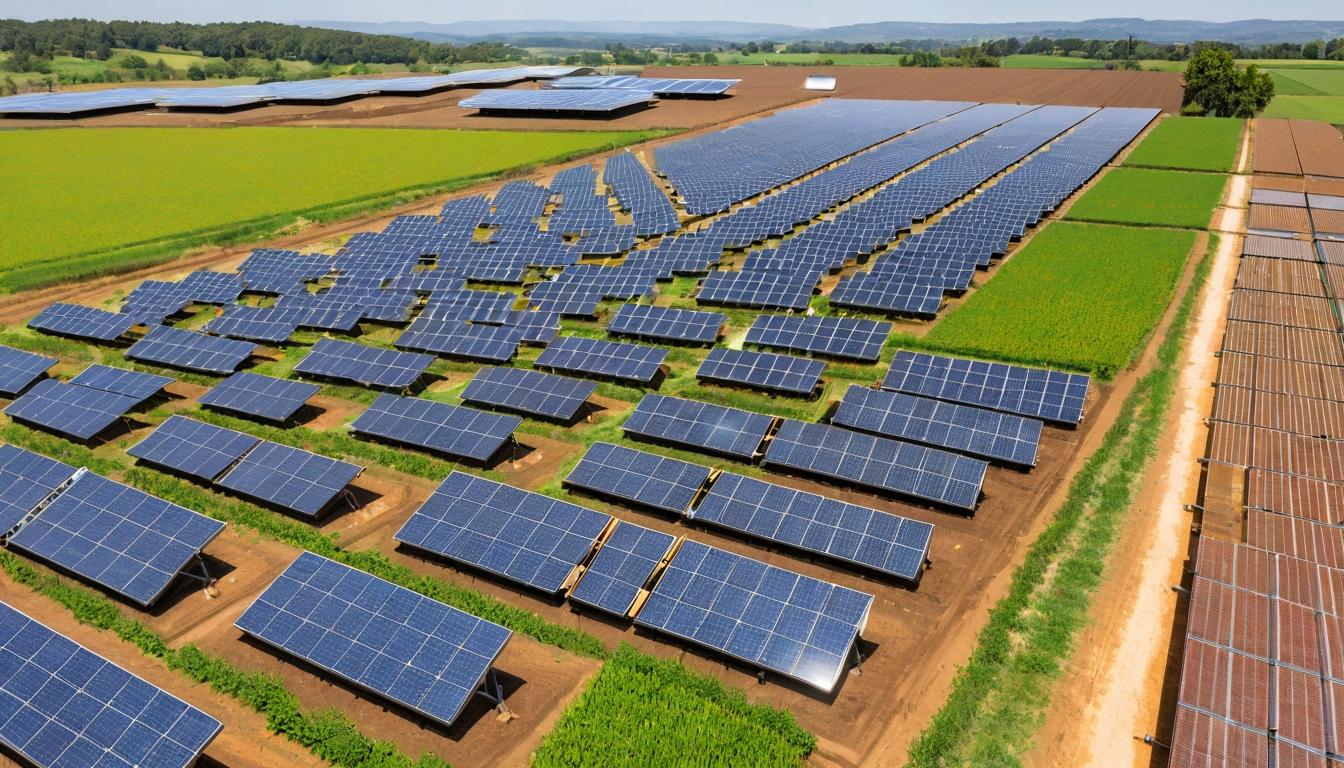While most people picture solar panels as the familiar blue rectangles on rooftops, a quiet revolution is happening in laboratories and manufacturing facilities worldwide. The technology that will power our future looks nothing like what we've become accustomed to, and the implications for energy costs, accessibility, and environmental impact are staggering.
Researchers at institutions like the National Renewable Energy Laboratory are developing perovskite solar cells that can be printed like newspaper ink, potentially reducing manufacturing costs by up to 90%. These thin, flexible materials can be applied to virtually any surface—windows, vehicles, even clothing—transforming ordinary objects into power generators. The efficiency race has accelerated dramatically, with new tandem cells combining traditional silicon with emerging materials to capture more of the solar spectrum.
Meanwhile, the recycling challenge that once threatened to create a new environmental crisis is being met with innovative solutions. Companies are developing processes to recover over 95% of the materials from old panels, including silver, silicon, and glass. This circular approach not only addresses waste concerns but creates a domestic supply chain for critical materials, reducing dependence on foreign sources.
Community solar projects are breaking down the barriers that prevented renters and low-income households from accessing clean energy. These shared arrays allow multiple subscribers to benefit from a single installation, with credits appearing directly on their utility bills. The model has proven particularly successful in states like Minnesota and New York, where legislation has encouraged development in underserved communities.
Agrivoltaics—the practice of combining solar arrays with agricultural production—is demonstrating that we don't need to choose between food and energy. Elevated panels provide shade for crops while reducing water evaporation, and farmers benefit from dual revenue streams. Studies show certain crops actually thrive in the partial shade conditions, with yields increasing while water usage decreases.
The integration of solar with electric vehicle charging is creating symbiotic relationships between our transportation and energy systems. Smart inverters and bidirectional charging allow EV batteries to serve as grid resources, storing excess solar generation during the day and supplying power during peak demand. This vehicle-to-grid technology turns millions of cars into distributed storage assets.
Floating solar installations on reservoirs and lakes are solving the land-use debate while providing additional benefits. The water cools the panels, increasing efficiency by up to 15%, while the arrays reduce evaporation from the water bodies beneath them. These installations are particularly valuable in water-scarce regions and areas with limited available land.
Building-integrated photovoltaics are transforming architecture, with solar cells embedded directly into roofing materials, facades, and windows. These products eliminate the need for separate mounting systems while maintaining aesthetic appeal. The technology has advanced to the point where many building owners can't distinguish solar shingles from conventional roofing materials.
Artificial intelligence is optimizing solar performance in ways humans never could. Machine learning algorithms analyze weather patterns, energy consumption data, and system performance to predict output and identify maintenance needs before they become problems. These systems can automatically adjust panel angles, manage battery storage, and even participate in energy markets.
The solar industry's workforce development initiatives are creating pathways to middle-class careers without requiring four-year degrees. Training programs focused on installation, maintenance, and sales are providing opportunities in communities that have been left behind by previous economic transitions. The diversity of these new roles—from drone operators conducting site surveys to software developers creating monitoring platforms—reflects the technology's maturation.
As costs continue to fall and capabilities expand, solar energy is poised to become the dominant electricity source worldwide within the next decade. The combination of technological innovation, supportive policies, and growing public awareness has created a perfect storm for rapid adoption. What began as a niche technology for environmental enthusiasts has become the most economical choice for new electricity generation across most of the planet.
The stories emerging from solar's transformation aren't just about kilowatt-hours and carbon reduction—they're about economic opportunity, energy independence, and technological empowerment. The revolution isn't coming; it's already here, quietly reshaping our relationship with energy in ways most people haven't yet noticed.
The solar revolution you're not hearing about: how emerging technologies are quietly transforming energy

